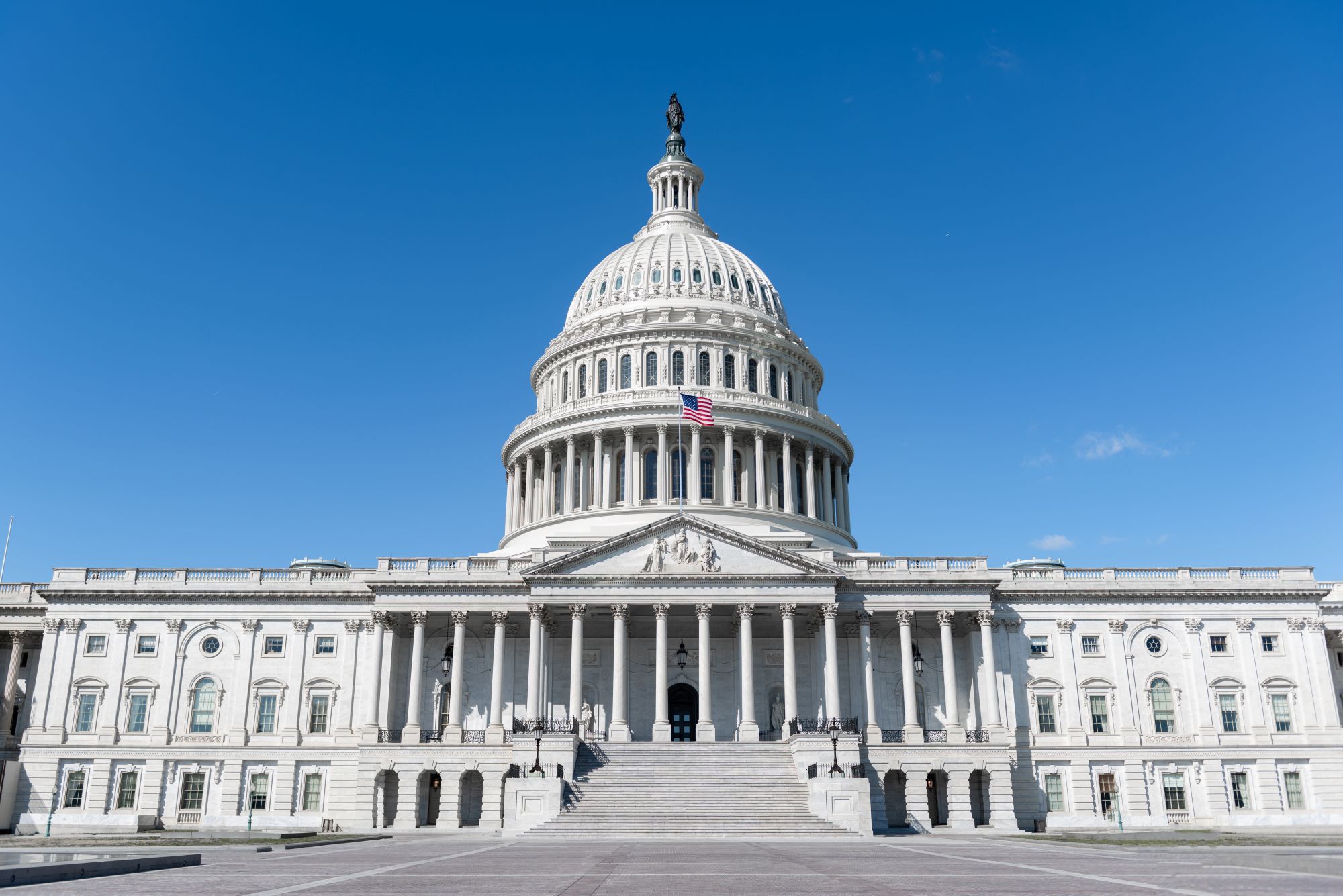Ensuring EVs are for EVerybody
Let's Save Energy
Alliance to Save Energy's Blog

This summer, President Joe Biden took a historic step toward a more efficient transportation future by announcing a goal of having half of all new vehicles sold in 2030 be zero-emission vehicles. It’s the latest sign in a year with no shortage of them – from GM’s Super Bowl ad announcing a plan to only sell electric vehicles (EVs) by 2035, to this week’s Ford announcement that the company will invest billions in building several enormous EV manufacturing facilities in the U.S. – that ready or not, the EV revolution is here. In fact, nearly 100 new EV models are expected to debut by the end of 2024.
Now the question is: who is going to be able to buy them?
EV adoption is fundamental to achieving the 50x50 Transportation Action Network’s goal of reducing energy use in the transportation sector 50% by 2050. Done right, this transition should be nothing but positive for consumers and the environment – especially for underserved communities. EV drivers save up to $1,000 a year on fuel costs, which can help alleviate the high energy burdens experienced by low-income and minority households. EVs also reduce exposure to tailpipe pollution, a health risk that disproportionately falls on these same communities.
Unfortunately, history shows that we’re not always good at doing transitions the right way: underserved communities are typically the last to receive the benefits of new technologies. There are already signs that the EV revolution is unfolding the same way. Only about 12% of EV purchases are made by Black and Latino drivers, although these drivers account for 41% of gasoline vehicle purchases. And in California, the median household income of an EV buyer is $150,000 – well above the national median household income of $68,703.
So as a myriad of stakeholders chart our nation’s EV-powered future, how do we ensure that underserved communities aren’t left behind once again – stranded in charging deserts with polluting vehicles while the rest of the country lives its EV dreams? Here are a few steps we should be taking today.
1) Education and outreach. A transition of this magnitude requires stakeholder buy-in, but there is a significant awareness gap in many communities. Studies show that few prospective car buyers can even name an EV model. We need awareness campaigns that reach and build trust with a diverse set of communities – for example, while there are many resources about EVs online, the digital divide may inhibit some underserved consumers from learning about their options, an argument both for universal broadband and for creative approaches like outreach at community centers, places of worship, farmers markets, and more to meet consumers face-to-face. Exposure to EVs is another effective method, such as through EV rideshares, test drives, or car rentals in underserved communities to increase awareness and familiarity.
2) Centering diversity, equity, and inclusion in policy. We cannot leave the EV transition up to market forces alone. The private sector has deployed charging infrastructure where it can make a profit and, in turn, charging infrastructure buildout to date has largely been concentrated where the most EVs are registered. While logical in the short term, this method puts underserved communities at a disadvantage in the long term, as drivers are almost certain to postpone going electric until charging infrastructure is nearby and accessible. It is therefore crucial that we design policy that centers on accessibility and equity.
The bipartisan infrastructure package passed by the Senate and currently pending in the House looks to do just that. In the package, among other electrification provisions, $7.5 billion is allocated for EV charging infrastructure and another $7.5 billion for zero- and low-emission buses and ferries. The Democrat-led reconciliation bill would further invest in accessibility: the Senate Committee on Finance and the House Ways and Means Committee proposals reform the existing 30D EV tax credit to increase consumer incentives for purchasing an EV as well as the 30C tax credit for installing charging infrastructure. The Ways and Means proposal also would create a new tax credit for used EVs – providing more affordable options for would-be EV buyers. In addition, the House Energy and Commerce Committee proposal invests in EVSE (Electric Vehicle Supply Equipment) rebate programs and charging equity programs among other beneficial EV policies. These proposals largely align with 50x50 Transportation Action Network priorities. If both the bipartisan infrastructure package and the reconciliation bill pass, it will be a significant win for equitable EV deployment.
3) Complementing EV infrastructure with multi-modal and multi-purpose infrastructure. For a transition of this scale, there’s no one-size-fits-all solution. Reducing transportation energy use 50% by 2050 will require solutions including investments in mass transit and creating more walkable and bikeable cities so everyone can meet their transportation needs. As Terry Travis, the co-founder of EVNoire – an organization focused on e-mobility diversity, equity, and inclusion and a 50x50 Action Network member – noted at an EE Global panel back in May, decision-makers need to be thinking about multi-purpose outcomes, because the goal is not only facilitating a transition to EVs, but to build a cleaner, stronger, more equitable mobility system. This is an opportunity to incorporate new infrastructure in community design – combining charging for electric buses, bikes, and cars at a single point in high-density urban areas to maximize space, or installing chargers at shopping centers or restaurants so people can charge while they dine.
Ensuring that the EV transition is affordable and accessible to all will require coordination among stakeholders and jurisdictions. As we work to enact policies and programs that help diversify the folks behind the wheels of EVs, we must follow the data that shows time and time again where the barriers are and maintain a human-centered approach as we get solutions in place to overcome them.
STAY EMPOWERED
Help the Alliance advocate for policies to use energy more efficiently – supporting job creation, reduced emissions, and lower costs. Contact your member of Congress.
Energy efficiency is smart, nonpartisan, and practical. So are we. Our strength comes from an unparalleled group of Alliance Associates working collaboratively under the Alliance umbrella to pave the way for energy efficiency gains.
The power of efficiency is in your hands. Supporting the Alliance means supporting a vision for using energy more productively to achieve economic growth, a cleaner environment, and greater energy security, affordability, and reliability.



